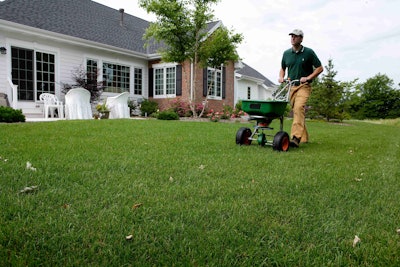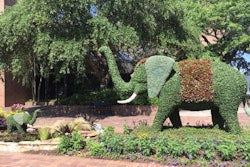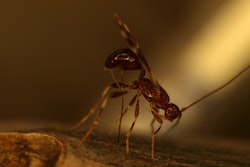 In Brevard County, fertilizing is forbidden from June 1 to September 30.
In Brevard County, fertilizing is forbidden from June 1 to September 30.File photo
Brevard County is not the first Florida area to ban the use of fertilizer during the summer rainy months, but it does lack a way to properly track whether the measure has been successful.
The widespread fertilizer ordinance took effect two years ago, as the county sought ways to prevent fertilizer runoff into Indian River Lagoon. The state has given the county 15 years to decrease the amount of nitrogen and phosphorous entering its share of the lagoon.
As part of the ban, at least 50 percent of slow-release nitrogen fertilizer must be used and fertilizer containing phosphorous can only be used after a soil test proves it is needed.
The influx of nitrogen and phosphorus into the lagoon has been blamed for fish kills and brown algae outbursts. Yet, two years after the regulation was put in place, swaths of dead fish are continuing to be reported as brown algae depletes the marine life’s oxygen supply.
Officials are undecided about whether the ban has made a difference at all, especially since the use of fertilizer spikes right before the ban goes into effect on June 1 and again right after it ends on Sept. 30.
“We’re very busy in May and we’re very busy in October,” Mike Garoust, president of ECOR Industries, based in Melbourne, Florida, told Florida Today.
The only data that is currently collected about turf fertilizer tracks how much is distributed in the county, but whether that fertilizer is sold and applied there is unknown.
“Product shipped into a county may be sold, but it may have been purchased in that country and applied in another,” said Weldon Collier, a program planning coordinator with the Florida Department of Agriculture and Consumer Services. “Or, if it is not sold, it may have been returned to the licensee. Returns are not documented.”
Because of this inadequate information and the voluntary nature of reporting the data, the Florida Department of Agriculture and Consumer Services is planning to stop collecting the statistics.
“The reason for this decision is it has been determined that the data being submitted is often times inaccurate,” Collier said. “In addition, not every licensee submits their monthly report. There are no penalties for those companies that fail to submit their data.”
Taking this into consideration, there still was a drop in turf fertilizer distributed to Brevard from 2013 to 2015, going from 4,677 tons to 3,449 tons.
During the blackout months, 1,682 tons of fertilizer were distributed while 797.5 tons were reported in 2015 during the same period.
While technically violators can be fined up to $500, the county is more interested in education. The county commissioned a study to determine whether its educational efforts have been effective. According to the research, residents’ lawn maintenance behaviors showed “significant improvements” from 2012 to 2015.
Another county that enacted fertilizer ordinances found that it had successfully curbed residents’ used of fertilizers, but Pinellas County and the city of Tampa had banned the sale of fertilizer during the rainy months entirely.
“Where people actually had to remove product from the shelf, that is where people know about the ordinance the most,” said Leesa Souto, director of the Marine Resources Council, a nonprofit group based in Palm Bay. “The point of sale, that’s the only time they’re thinking about fertilizer.”
This option isn’t available to other counties. The state legislature passed a law in 2011 preventing any other local governments from creating such bans.
The Tampa Bay National Estuary Program reports that it will still take a few more years to prove that any of the ordinances have had a positive impact on water quality.











